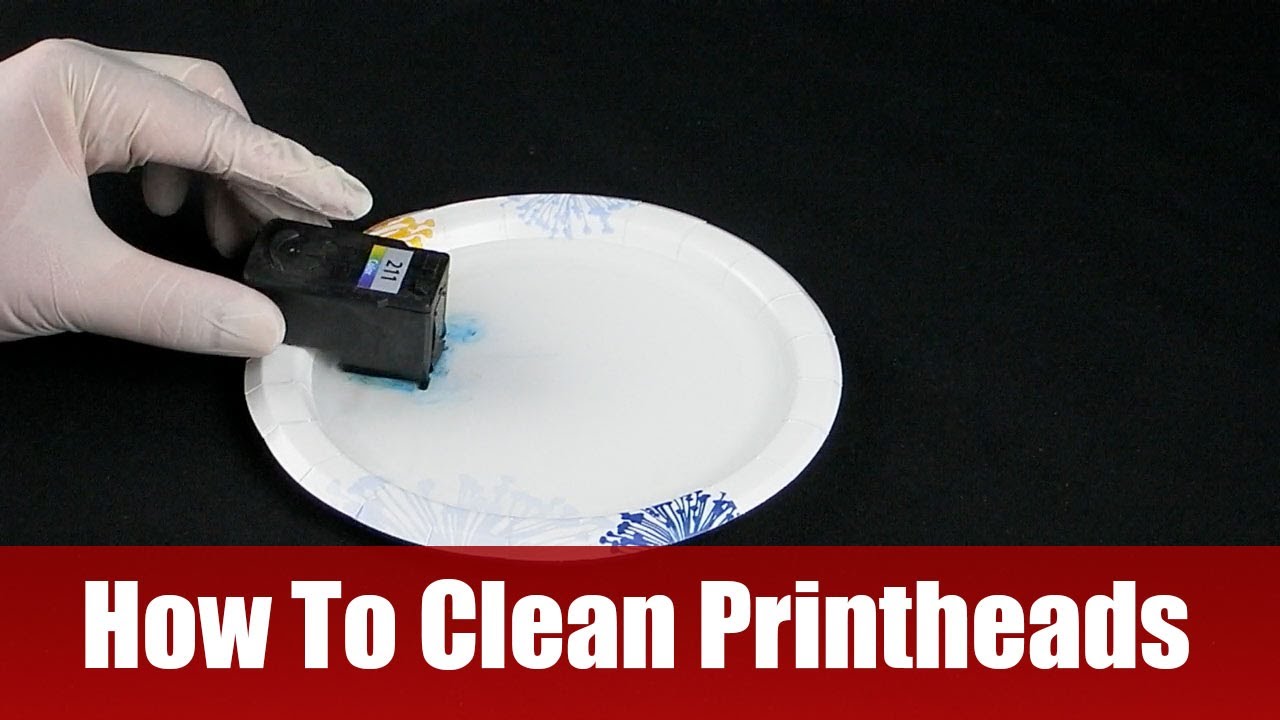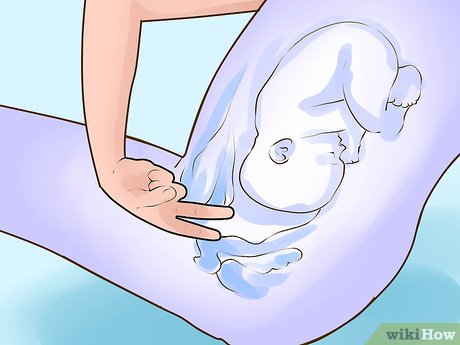Best 5 Solutions for Creating Sugar Water for Hummingbirds in 2025

How to Properly Make Sugar Water for Hummingbirds in 2025: A Practical Guide
Hummingbirds are fascinating creatures that bring life and vibrancy to any garden. To attract these delightful birds, providing them with homemade nectar is essential. In this guide, we will explore how to make sugar water for hummingbirds, discussing various recipes, sugar ratios, and tips for maintaining your hummingbird feeders. Understanding the right ratios and best practices can ensure that these birds thrive and thrive while visiting your backyard.
Feeding hummingbirds not only enhances your outdoor space but also contributes positively to the ecosystem by supporting local wildlife. We will delve into the types of sugar to use, the importance of cleanliness in feeder maintenance, and how to monitor and enhance hummingbird visits.
Whether you are a newcomer or looking to refine your feeding strategies, this guide offers insights into attracting hummingbirds and creating an inviting habitat. Key takeaways will include essential ratios for sugar solutions and helpful tricks to ensure a successful feeding experience, all while enjoying the beautiful sights of these vibrant birds.

Essential Guide to Preparing Sugar Water for Hummingbirds
Beginning with the basics of hummingbird feeding, making sugar water involves a simple but precise mixture to nourish these feathered friends. The key to creating effective hummingbird nectar lies in the sugar-to-water ratio. The standard recipe calls for a ratio of 1 part sugar to 4 parts water, creating a syrup consistency that closely resembles natural nectar. This balance mimics the sugar concentration found in the flowers hummingbirds typically visit.
To prepare the sugar solution, use granulated white sugar as it closely resembles the natural sugar found in flowers. Avoid using raw or brown sugars, as they can contain impurities that may be harmful to hummingbirds. Furthermore, do not use honey, molasses, or artificial sweeteners, as these substances can cause digestive issues. Always dissolve the sugar completely in the water before filling your feeder.
After you mix the sugar and water solution, store any leftover nectar in the refrigerator for up to a week. This ensures fresh and safe nectar availability. Remember to refill your hummingbird feeders regularly and clean them thoroughly to prevent mold growth and bacterial contamination, ensuring the health of the birds visiting your garden.
Choosing the Right Sugar for Hummingbirds
When it comes to selecting sugar for hummingbird nectar, use refined granulated white sugar. This sugar type has a high sucrose content that closely replicates natural nectar. Unlike other sugar types, refined sugar dissolves quickly and is easy for hummingbirds to digest.
Some people wonder if other sugars, like brown sugar or organic sugars, are suitable substitutes. However, these alternatives can contain molasses or impurities that are not suitable for hummingbirds. Using pure white sugar will ensure a healthy feeding experience for your backyard visitors.
How to Mix the Sugar Water: Step-by-Step Process
Creating homemade hummingbird food is straightforward and doesn't require elaborate ingredients. Here's a step-by-step process to ensure you make the best sugar water for hummingbirds:
- Step 1: Measure out one part white granulated sugar.
- Step 2: Measure four parts water. It is advisable to use clean water, preferably filtered or boiled, to eliminate any potential contaminants.
- Step 3: Combine the sugar and water in a pot and heat the mixture gently while stirring until the sugar completely dissolves.
- Step 4: Allow the mixture to cool. Make sure it reaches room temperature before filling your feeders.
- Step 5: Fill your hummingbird feeder and enjoy watching these beautiful creatures!
Tips for Filling Hummingbird Feeders
Knowing how to fill a hummingbird feeder properly contributes significantly to attracting these birds. Fill your feeder with the prepared sugar water at least once a week, but more frequently if temperatures are high. Hummingbirds prefer fresh nectar, and warm weather can spoil the sugar solution quickly.
Additionally, when positioning your feeder, place it in a shaded area to keep the nectar cool and less prone to spoiling. It's also a good idea to choose a location near flowering plants, as this will naturally attract hummingbirds. Keep in mind that some species may prefer specific colors; red feeders often attract more hummingbirds. However, do not add dyes to your nectar as they may be harmful.
Maintaining Cleanliness of Hummingbird Feeders
Cleansing your hummingbird feeders regularly ensures that the birds visiting your garden remain healthy. It's recommended to clean the feeder at least once a week, especially in warmer months when bacteria grow quickly. Use a solution of warm water and vinegar for cleaning, avoiding harsh chemicals that might harm the birds.
Pay attention to any signs of mold or debris. If you see any residue inside the feeder, it's crucial to wash it thoroughly. Rinse the feeder well to remove any remaining cleaning solution, and allow it to air dry before refilling it with fresh sugar water.
Top Hummingbird Feeder Tips to Attract Birds
With a properly made sugar water solution organized, the next step is to set up your feeders in ways that attract hummingbirds. Placement is crucial; select spots that provide both safety and visibility. Hummingbirds prefer feeding stations that are easy to find yet well-positioned to avoid predators.
During migration periods, take note of peak feeding times, as these birds are highly active and will likely visit feeders more frequently. Observing their behaviors will help determine the right times for filling feeders, ensuring they always have access to fresh nectar.
Optimal Feeder Design for Attracting Hummingbirds
The feeder design can play a vital role in attracting hummingbirds. Look for feeders that have bright red features and multiple feeding ports, which allow several birds to feed simultaneously. Additionally, select feeders that are easy to clean and refill, providing convenience during frequent visits.
Choose a feeder with sturdy construction to withstand various weather conditions, and ensure it has some sort of ant moat to deter such pests. Many hummingbird feeders are designed with these features in mind, but always double-check product descriptions when purchasing a new feeder.
Common Mistakes to Avoid When Feeding Hummingbirds
As a new enthusiast, one might inadvertently make common mistakes that detract from attracting hummingbirds. For instance, be cautious about using red dyes in nectar; it can harm the birds. Additionally, avoid placing feeders too close to windows, which can lead to collisions.
Another frequent error is forgetting to clean feeders regularly or allowing them to stay empty for extended periods. Ensure your feeders are always filled with fresh nectar to maintain consistent visits. By adhering to optimal practices, you can cultivate an environment that fosters a healthy hummingbird population.
Understanding Hummingbird Feeding Habits
To successfully attract and nourish hummingbirds, you must first understand their feeding habits. These birds have a high metabolism, necessitating frequent feeding, often every 15-20 minutes during peak activity times throughout the day. Due to their size, hummingbirds rely on energy-rich nectar, making your homemade sugar water an outstanding food source.
Additionally, hummingbirds are instinctively drawn to vibrant colors—especially red. Always remember to include bright colors in your feeder or garden plants to pique their interest. While some may think that hummingbirds prefer only sweet nectar, they also require other resources, such as insects for protein, which they can find among your garden plants.
Nectar Feeding Patterns of Common Species
There are several species of hummingbirds, each with unique feeding preferences and styles. For example, the Ruby-throated Hummingbird is well-known for its voracious appetite. Females tend to prefer feeders with multiple ports. They may also be attracted to garden plants with tubular flowers, as they can easily access nectar.
Understanding the behavior of these mesmerizing birds is instrumental in honing your feeding strategy. Birds may occasionally switch feeding patterns, so staying informed about their changes allows you to adapt your approach effectively. This proactive mentality maximizes your garden's appeal.
The Impact of Seasonal Changes on Hummingbird Feeding
Hummingbirds typically engage in migratory behaviors, making seasonal changes vital to understanding their feeding patterns. During spring, as they return may influence how often they visit feeders; new feeding sites attract them during their migration. In contrast, fall migratory patterns might call for increased feeding frequency as they prepare for the long journey south.
Observe environmental conditions that may affect hummingbird visits. Changes in flowering patterns or nectar availability can greatly impact their feeding behavior. Adjusting feeder placement and food availability during various seasons creates a welcoming environment for these busy creatures.
Frequently Asked Questions about Hummingbird Nutrition
What is the Best Sugar Water Ratio for Hummingbirds?
The optimal sugar water ratio for hummingbirds is 1 part sugar to 4 parts water. This mixture replicates the natural sugar concentration found in flowers, promoting healthy feeding habits among the birds.
Should You Boil Sugar Water for Hummingbirds?
Boiling sugar water is not necessary but can help dissolve sugar more quickly. If using tap water, boiling it can sterilize the solution, ensuring it's free of bacteria or contaminants that may harm the birds. Allow it to cool before filling feeders!
How Often Should You Change the Sugar Water for Hummingbirds?
Change the sugar water in your feeders at least once a week. During hot weather, consider refilling every few days to prevent spoilage. Regularly monitoring your feeders ensures the birds always have access to fresh, clean nectar.
Is There Any Sugar You Should Avoid When Making Hummingbird Nectar?
Yes, avoid using raw sugars, honey, or artificial sweeteners. These alternatives can contain harmful substances or additives that could harm hummingbirds. Stick to granulated white sugar for the best results.
What are Common Hummingbird Species to Look For?
Common species include the Ruby-throated Hummingbird, Anna’s Hummingbird, and Black-chinned Hummingbird. Understanding their preferences and behaviors can greatly enhance your feeding strategy and garden attraction.
Conclusion: Attract Hummingbirds to Your Garden Today
In conclusion, knowing how to make sugar water for hummingbirds is key to creating an inviting garden space that supports these beautiful creatures. With the right recipes, sugar ratios, and best practices for feeder maintenance, you can attract hummingbirds and create an enriching habitat.
By following the tips and insights in this guide, you'll be adequately prepared to start this rewarding adventure in attracting hummingbirds, observe their incredible feeding habits, and contribute to their conservation. Make your backyard a hummingbird haven today!
